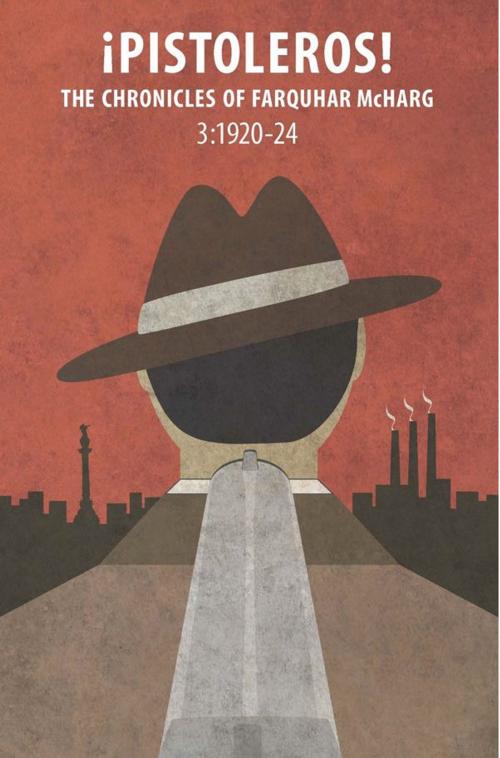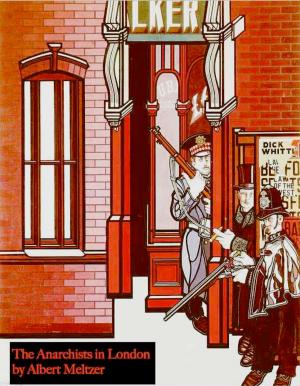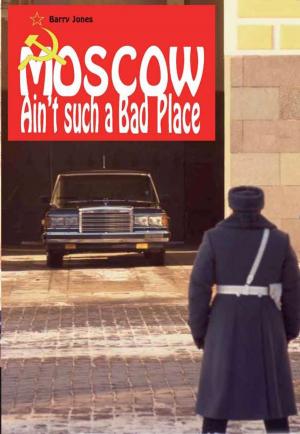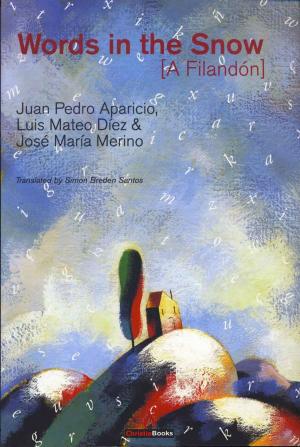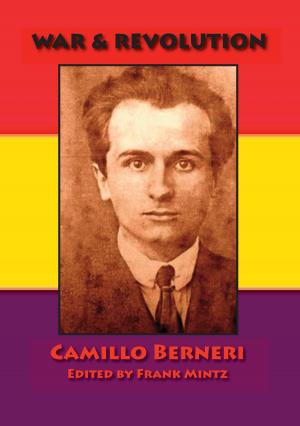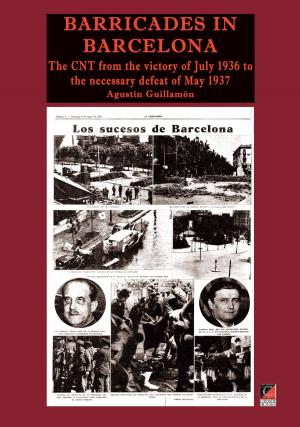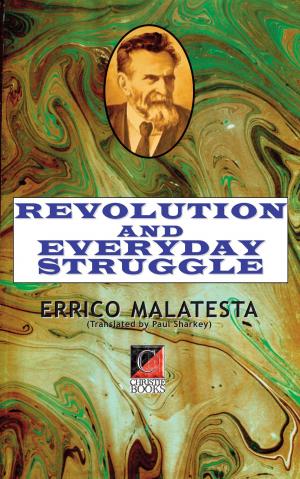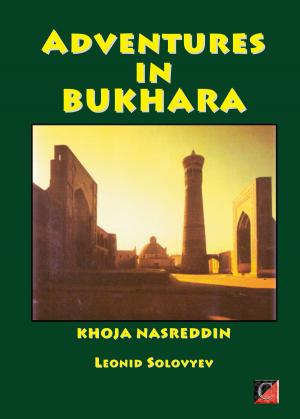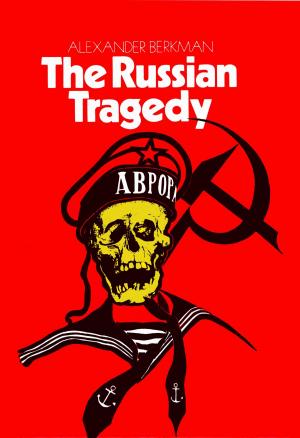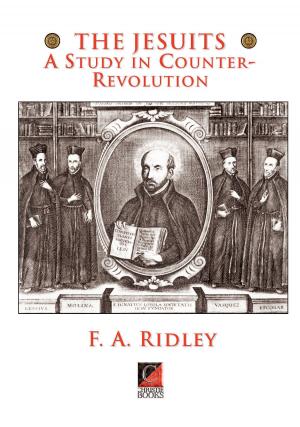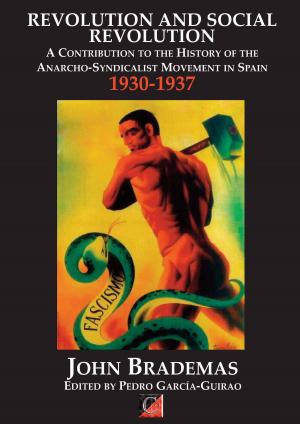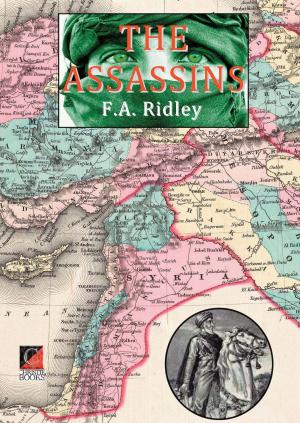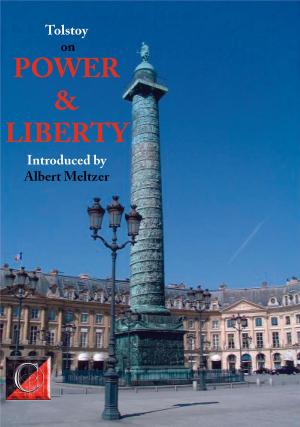| Author: | Farquhar McHarg | ISBN: | 1230000273777 |
| Publisher: | ChristieBooks | Publication: | October 13, 2014 |
| Imprint: | ChristieBooks | Language: | English |
| Author: | Farquhar McHarg |
| ISBN: | 1230000273777 |
| Publisher: | ChristieBooks |
| Publication: | October 13, 2014 |
| Imprint: | ChristieBooks |
| Language: | English |
Autobiography is essentially an act of confession. Some people can’t bring themselves to do it; others just can’t be stopped. Sometimes what comes out is so unbelievable it’s easy to mistake it for fiction. In the case of “The Chronicles of Farquhar McHarg”, you couldn’t make it up if you tried. Or could you?
Albert Meltzer introduced me to Farquhar in 1974, but the legend had already preceded him. I refrained from asking how much, if any, of it was true. What little I knew about his past seemed the sort of stuff you keep quiet about, if you want to avoid answering serious criminal charges, or stopping a bullet with your face. When Laureano Cerrada Santos was murdered in Paris two years later I expected Farquhar to be next; so did he. Farquhar furiously committed to paper his experiences of a lifetime of anarchist activism, to leave behind an explanation of things which powerful and dangerous people would much rather leave unexplained.
This is the testimony of a man drawn into clandestine struggle as a naive but idealistic teenager, who witnessed the “heroic” days, and the not so heroic days, of Spanish anarchism and survived long enough to tell the tale.
These “Chronicles” are unique. I was incredulous when I read them, but only to see them finally in print. Knowing a little about some of the stories and the people chronicled, I can only say that as far I can judge Farquhar has told the truth – though perhaps not the whole truth. And it must be admitted that in a few instances his way of telling the truth could well be mistaken for spinning a yarn. A case in point is an episode in November 1976, in which Miguel Garcia is supposed to have punched Federica Montseny in the face. This never happened. Miguel was too much the gentleman to ever strike a woman, even if she was a hateful treacherous bitch who richly deserved it. But here the point is only that in such instances Farquhar uses fictional narrative as a device for presenting disturbing facts (in this case, the truth about Germinal Esgleas and Montseny) which would otherwise be impossible to demonstrate . . .
The story jumps back and forth between 1920s Spain and 1970s France to show where Farquhar is coming from, and where he is going. His goal: to unmask a long-term traitor inside the émigré MLE (Spanish Libertarian Movement), known only as “The Priest”, who is responsible for the murder of Cerrada. But sprawling over three volumes, the dense historical narrative really needs some major editing, to shift the focus to the “modern” chapters. With a good professional editor the Chronicles would make an absolutely brilliant and very commercial single-volume work of “faction”. It also begs to be turned into a movie.
But “The Priest” is not the only traitor uncovered by Farquhar. Another maggot to crawl out of the MLE can of worms is the deeply cynical Inocencio Martinez, an agent for both the Spanish and French police, who confesses:
‘Nor am I the only one. You know about Jacinto Guerrero Lucas? He’s worked for them since completing his national service in 1961. His father was a high-ranking policeman, you know. But there are others, some of them highly placed and well respected in the Organisation. Who, for example, betrayed your paisano, Christie in 1964? Guerrero Lucas was out of the picture by then as far as the DI was concerned, and it certainly wasn’t me.’
Without wishing to spoil things by giving too much away, this last volume ends with the ending that I feared all along. But it does seem unlikely that the final scene could have been written from beyond the veil. Could this really be the end for Farquhar? The narrative ends on 10 January 1977. By my recollection the last time I spoke to Farquhar was in December 1981 at the funeral of Miguel Garcia. I can’t help we haven’t seen the last of the old Farquhar yet!
Phil Ruff (former Black Flag cartoonist, author and biographer of ‘Peter the Painter‘)
Autobiography is essentially an act of confession. Some people can’t bring themselves to do it; others just can’t be stopped. Sometimes what comes out is so unbelievable it’s easy to mistake it for fiction. In the case of “The Chronicles of Farquhar McHarg”, you couldn’t make it up if you tried. Or could you?
Albert Meltzer introduced me to Farquhar in 1974, but the legend had already preceded him. I refrained from asking how much, if any, of it was true. What little I knew about his past seemed the sort of stuff you keep quiet about, if you want to avoid answering serious criminal charges, or stopping a bullet with your face. When Laureano Cerrada Santos was murdered in Paris two years later I expected Farquhar to be next; so did he. Farquhar furiously committed to paper his experiences of a lifetime of anarchist activism, to leave behind an explanation of things which powerful and dangerous people would much rather leave unexplained.
This is the testimony of a man drawn into clandestine struggle as a naive but idealistic teenager, who witnessed the “heroic” days, and the not so heroic days, of Spanish anarchism and survived long enough to tell the tale.
These “Chronicles” are unique. I was incredulous when I read them, but only to see them finally in print. Knowing a little about some of the stories and the people chronicled, I can only say that as far I can judge Farquhar has told the truth – though perhaps not the whole truth. And it must be admitted that in a few instances his way of telling the truth could well be mistaken for spinning a yarn. A case in point is an episode in November 1976, in which Miguel Garcia is supposed to have punched Federica Montseny in the face. This never happened. Miguel was too much the gentleman to ever strike a woman, even if she was a hateful treacherous bitch who richly deserved it. But here the point is only that in such instances Farquhar uses fictional narrative as a device for presenting disturbing facts (in this case, the truth about Germinal Esgleas and Montseny) which would otherwise be impossible to demonstrate . . .
The story jumps back and forth between 1920s Spain and 1970s France to show where Farquhar is coming from, and where he is going. His goal: to unmask a long-term traitor inside the émigré MLE (Spanish Libertarian Movement), known only as “The Priest”, who is responsible for the murder of Cerrada. But sprawling over three volumes, the dense historical narrative really needs some major editing, to shift the focus to the “modern” chapters. With a good professional editor the Chronicles would make an absolutely brilliant and very commercial single-volume work of “faction”. It also begs to be turned into a movie.
But “The Priest” is not the only traitor uncovered by Farquhar. Another maggot to crawl out of the MLE can of worms is the deeply cynical Inocencio Martinez, an agent for both the Spanish and French police, who confesses:
‘Nor am I the only one. You know about Jacinto Guerrero Lucas? He’s worked for them since completing his national service in 1961. His father was a high-ranking policeman, you know. But there are others, some of them highly placed and well respected in the Organisation. Who, for example, betrayed your paisano, Christie in 1964? Guerrero Lucas was out of the picture by then as far as the DI was concerned, and it certainly wasn’t me.’
Without wishing to spoil things by giving too much away, this last volume ends with the ending that I feared all along. But it does seem unlikely that the final scene could have been written from beyond the veil. Could this really be the end for Farquhar? The narrative ends on 10 January 1977. By my recollection the last time I spoke to Farquhar was in December 1981 at the funeral of Miguel Garcia. I can’t help we haven’t seen the last of the old Farquhar yet!
Phil Ruff (former Black Flag cartoonist, author and biographer of ‘Peter the Painter‘)
